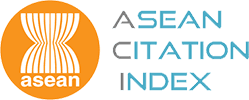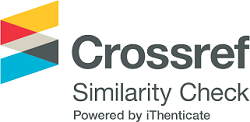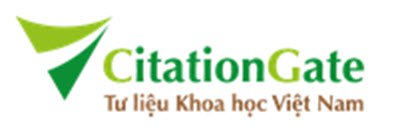The influence of aluminum-doped zno films on multi-chip remote-phosphor white leds’ properties
Abstract
Zinc oxide (ZnO) exhibits stable emission across blue, green, orange, and red wavelength regions, depending upon excitation energy and preparation conditions. It is possible to tune the ZnO luminescent bandgap by introducing metal dopants to generate extrinsic defects in its matrix. Leveraging this stable and tunable photo-luminescent characteristic, ZnO emerges as a promising candidate for luminescent materials, especially applicable in the realm of luminescent converted LEDs. Specifically, aluminum-doped ZnO (Al-doped ZnO) films exhibit commendable conductivity and transmittance, qualifying them as suitable candidates for transparent conducting oxide materials crucial in LEDs. This study presents a novel application of Al-doped ZnO films, synthesized through a cost-effective sol-gel method, as a converter layer in white LED technology. The research systematically explores the impact of varying Aldoped ZnO concentrations on the color properties and luminosity of the white LED, with the goal of identifying the optimal concentration to achieve enhanced LED lighting efficiency.
Keywords
Full Text:
PDFTime cited: 0
DOI: http://dx.doi.org/10.55579/jaec.202484.467
Refbacks
- There are currently no refbacks.
Copyright (c) 2024 Journal of Advanced Engineering and Computation

This work is licensed under a Creative Commons Attribution 4.0 International License.










